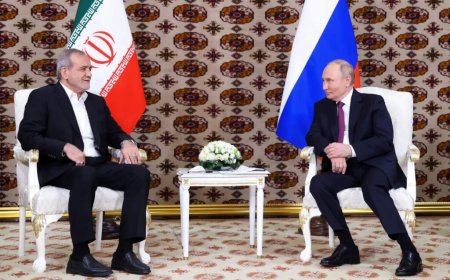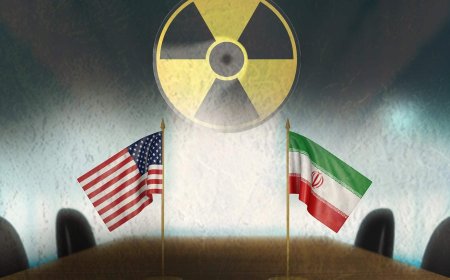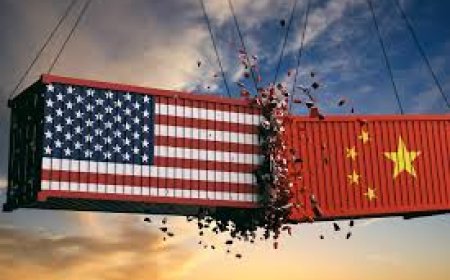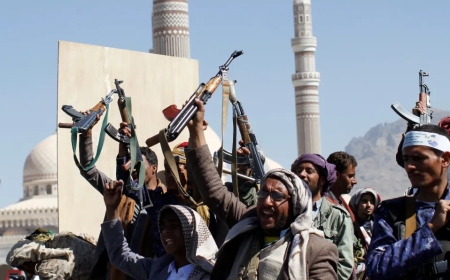The New Silk Road: China's Economic Expansion in Central Asia
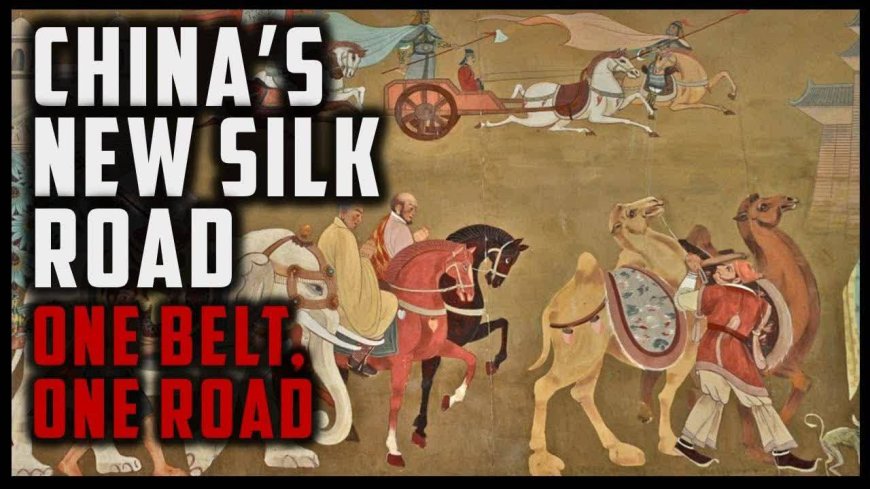
The collapse of the USSR in 1991 marked tectonic shifts in the global geopolitical landscape, particularly for the Central Asian region. For the first time in centuries, the five newly independent republics of Tajikistan, Turkmenistan, Uzbekistan, Kyrgyzstan, and Kazakhstan emerged from the shadow of Soviet domination, heralding a period of newfound independence.
However, the path to stability and prosperity in Central Asia has been fraught with challenges. From the outset, a complex interplay of internal and external factors "has led to the creation of an anarchic environment, threatening not only the region's own development but also the security and interests of its neighbors.
Chief among these challenges has been the region's burgeoning geopolitical significance. Experts have argued that the importance of Central Asia's strategic location has outstripped that of its vast natural resources. Indeed, since the dissolution of the USSR, the United States, Europe, and the three regional superpowers—Iran, China, and Russia—have vied for influence in this pivotal zone.
For decades, Russia held sway as the dominant player in Central Asia. However, in recent years, China's rise to prominence has upended the regional balance of power. Since the launch of the Belt and Road Initiative in 2013, China's economic and political presence in Central Asia has grown exponentially.
Sino-Russian relations, traditionally characterized by strategic cooperation, have taken on a more nuanced dimension in the economic realm. Russia's trade with Central Asia has been eclipsed by China's, with Beijing emerging as the primary trading partner for all five republics. Kazakhstan, once a bastion of Russian influence, now boasts a larger annual trade volume with China than with Moscow.
This shift can be attributed in part to the ongoing Ukraine war and the subsequent Western sanctions on Russia. While these sanctions have forced Russia to pivot its trade towards Asia, its diminished political and economic clout has left a void that China has been quick to fill.
The implications of this geopolitical realignment are far-reaching. China's growing economic dominance in Central Asia could reshape the region's economic and political trajectory, while Russia's waning influence raises questions about its long-term strategic role.
Moreover, the region's security dynamics are also in flux. The threat of terrorism and extremism, the unresolved border disputes, and the potential for water scarcity pose significant challenges to stability. The presence of foreign powers, each with their own interests and agendas, further complicates the security landscape.
While the geopolitical dynamics of Central Asia are indeed intricate and more attention should be paid to the role of the neighbors in that region, if we want to briefly examine these relations and the influence of the two countries, Russia and China, in Central Asia, we must remind you that China's presence in 2013 has increased in Central Asia, and in fact, in a way, China is the guarantor of maintaining the economic stability of the region and Russia has become the guarantor of its security stability, and until today, while maintaining Russia's security and military power in the region, China's influence in the economic order of Central Asia is increasing at a high speed.
According to myriad of analysts, Vladimir Putin's and Xi Jinping's agendas in Central Asia are described by titles such as "division of labor" or "partnership competition," but on the other hand, some other politicians and experts also consider it "strategic competition." In practice, it has been associated with China's victory due to the fading of Russia's presence in the region and the focus on the Ukraine conflict, as well as the active and increasing presence of China, although it seems that it will be difficult for the Kremlin to get behind China in trade with Central Asia.
Russia and China are currently the countries whose political and economic presence in Central Asia is very large. Moscow maintains close humanitarian relations with all five Central Asian countries and has a serious military presence in the region. The Russian bases in Tajikistan and Kyrgyzstan, as well as the membership of Astana, Bishkek, and Dushanbe in the Collective Security Treaty Organization, are proof of this. However, Russia is currently a "declining power" in Central Asia, and China is a country whose economic and political influence in the region is growing.
The implications of this geopolitical realignment are far-reaching. China's growing economic dominance in Central Asia could reshape the region's economic and political trajectory, while Russia's waning influence raises questions about its long-term strategic role.
Moreover, the region's security dynamics are also in flux. The threat of terrorism and extremism, the unresolved border disputes, and the potential for water scarcity pose significant challenges to stability. The presence of foreign powers, each with their own interests and agendas, further complicates the security landscape.
As Central Asia navigates this complex and evolving geopolitical landscape, its leaders face the daunting task of balancing their relationships with external powers while safeguarding their sovereignty and pursuing their own national interests. The region's future will undoubtedly be shaped by the interplay of these domestic and international forces, making it a crucible for geopolitical intrigue and a harbinger of future global developments.





